mind-blowing facts about the universe
Nathan Johnson
Published
09/20/2016
in
wow
The universe is a strange, scary place… these facts are proof
- List View
- Player View
- Grid View
Advertisement
-
1.
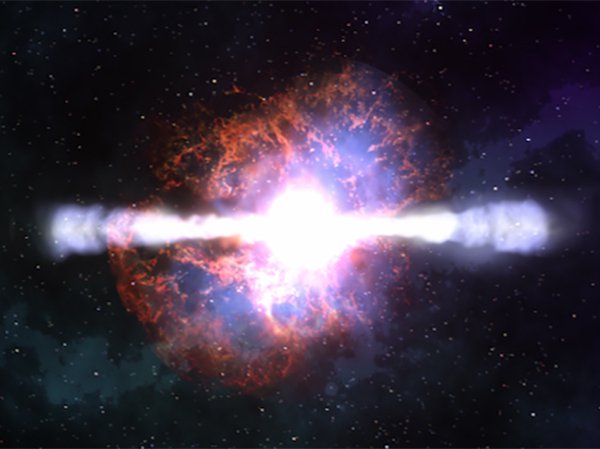 Many of the atoms you’re made of, from the calcium in your bones to the iron in your blood, were brewed up in the heart of an exploding star billions of years ago.
Many of the atoms you’re made of, from the calcium in your bones to the iron in your blood, were brewed up in the heart of an exploding star billions of years ago. -
2.
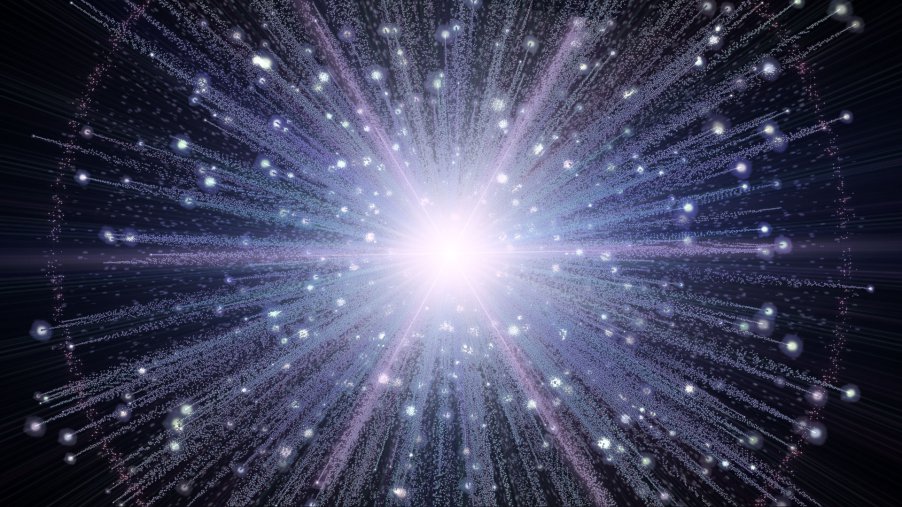 In fact, your body contains cosmic relics from the creation of the universe. Almost all of your hydrogen atoms were formed in the Big Bang, about 13.7 billion years ago.
In fact, your body contains cosmic relics from the creation of the universe. Almost all of your hydrogen atoms were formed in the Big Bang, about 13.7 billion years ago. -
3.
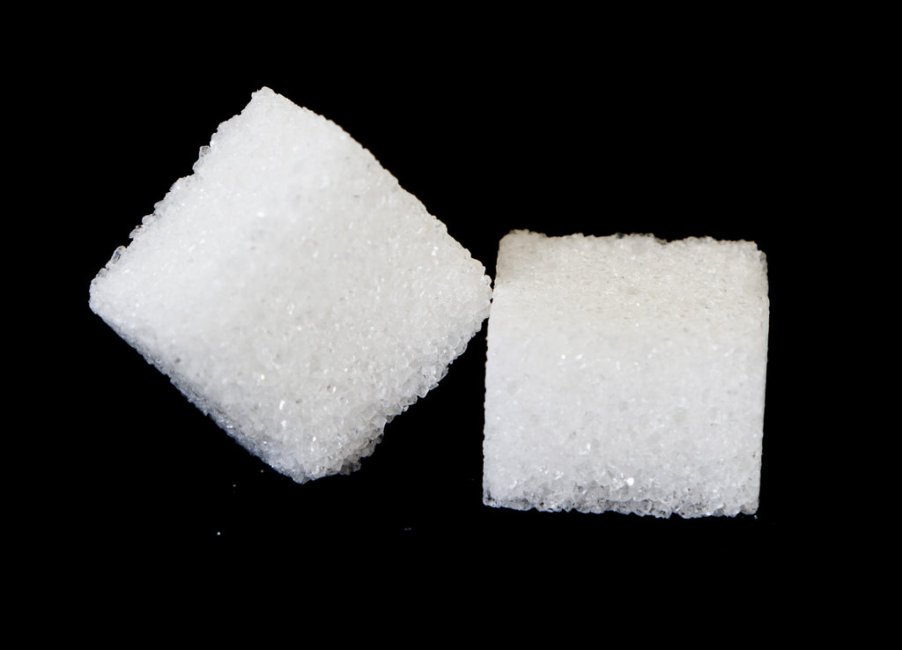 Almost all of ordinary matter (99.9999999% of it) is empty space. If you took out all of the space in our atoms, the entire human race (all 7 billion of us) would fit into the volume of a sugar cube.
Almost all of ordinary matter (99.9999999% of it) is empty space. If you took out all of the space in our atoms, the entire human race (all 7 billion of us) would fit into the volume of a sugar cube. -
4.
 When analog television sets aren’t tuned to a channel correctly, it results in static and white noise. Around 1% of that is radiation left over from the Big Bang, better known as the Cosmic Microwave Background (CMB). This interference between overlapping signals actually allowed Arno Penzias and Robert Wilson to discover the CMB in 1965.
When analog television sets aren’t tuned to a channel correctly, it results in static and white noise. Around 1% of that is radiation left over from the Big Bang, better known as the Cosmic Microwave Background (CMB). This interference between overlapping signals actually allowed Arno Penzias and Robert Wilson to discover the CMB in 1965. -
5.
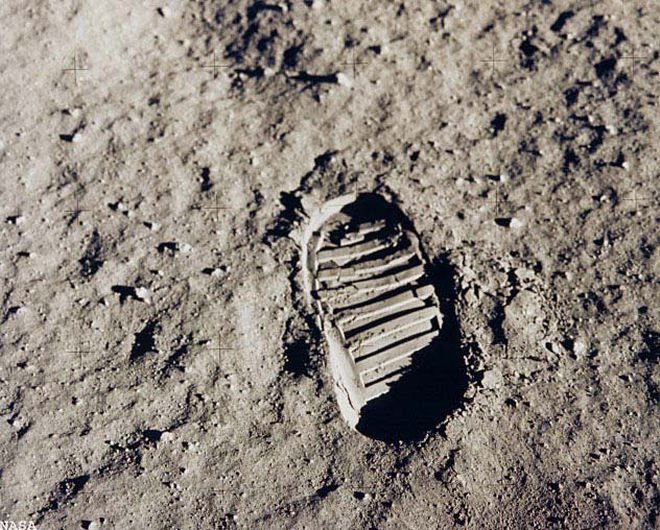 Forty-seven years ago, humankind took its first steps on the moon — and the bootprints will probably still be there a million years from now. That’s because the moon has no atmosphere, so there’s no wind or water to sweep through and erase the marks.
Forty-seven years ago, humankind took its first steps on the moon — and the bootprints will probably still be there a million years from now. That’s because the moon has no atmosphere, so there’s no wind or water to sweep through and erase the marks. -
6.
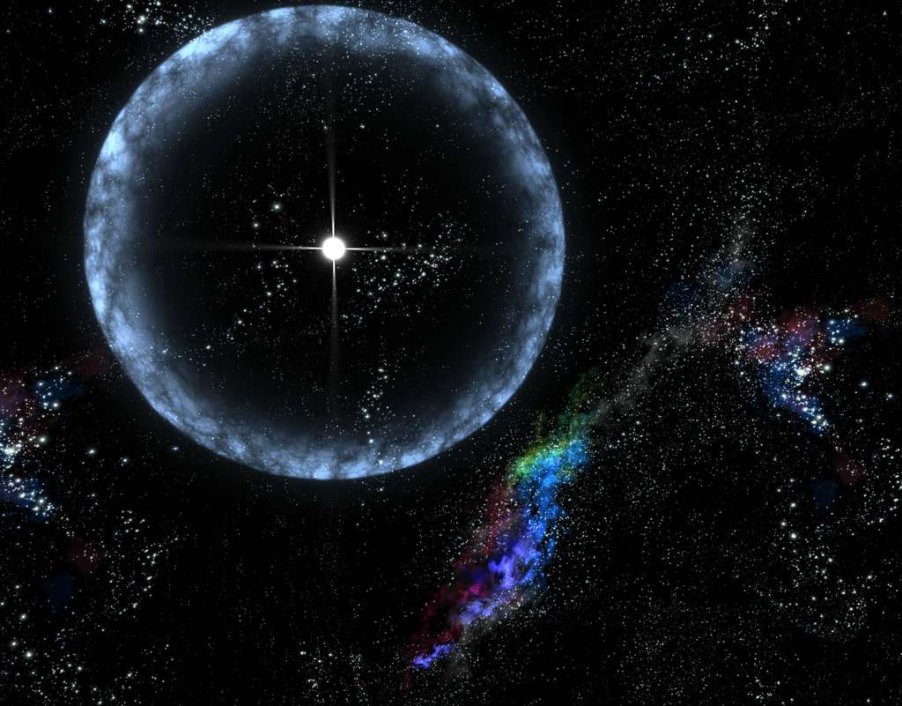 When a massive star explodes, its scrunched up core forms something called a neutron star. Neutron stars are so dense that just a teaspoon of their material would weigh more than Mt. Everest. The explosion can spin the neutron star to mind blowing speeds — up to 600 rotations per second.
When a massive star explodes, its scrunched up core forms something called a neutron star. Neutron stars are so dense that just a teaspoon of their material would weigh more than Mt. Everest. The explosion can spin the neutron star to mind blowing speeds — up to 600 rotations per second. -
7.
 If you unraveled all of the DNA in your body, it would span 34 billion miles, reaching to Pluto (2.66 billion miles away) and back … six times.
If you unraveled all of the DNA in your body, it would span 34 billion miles, reaching to Pluto (2.66 billion miles away) and back … six times. -
8.
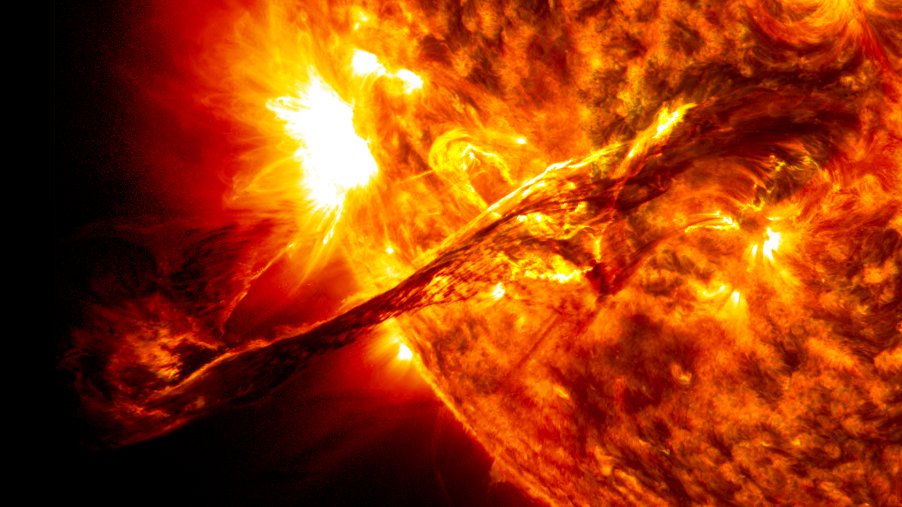 The sun makes up 99.86% of the mass of the solar system. It’s so big that you could squeeze 1.3 million Earths inside of it.
The sun makes up 99.86% of the mass of the solar system. It’s so big that you could squeeze 1.3 million Earths inside of it. -
9.
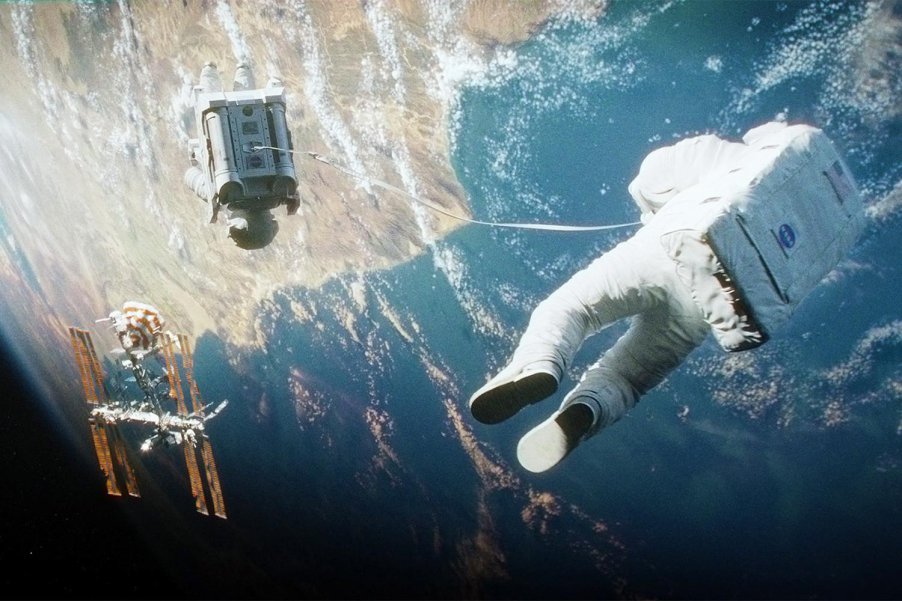 Outer space is silent. Eerily silent. That’s because sound waves need some sort of medium to travel through. And space is a vacuum. A dark, silent vacuum.
Outer space is silent. Eerily silent. That’s because sound waves need some sort of medium to travel through. And space is a vacuum. A dark, silent vacuum. -
10.
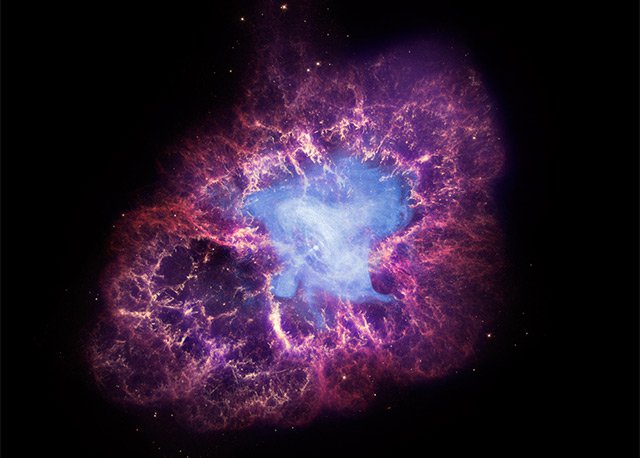 Pulsars are magnetized neutron stars that spin incredibly fast and blast out a beam of radiation, kind of like a lighthouse beacon. The fastest known pulsar is PSR J1748-2446ad, located around 18,000 light-years away in the constellation Sagittarius. Though it is of average size for a neutron star, it spins an astonishing 716 times per second. This is nearly a quarter of the speed of light, and exceeds what theories say is possible.
Pulsars are magnetized neutron stars that spin incredibly fast and blast out a beam of radiation, kind of like a lighthouse beacon. The fastest known pulsar is PSR J1748-2446ad, located around 18,000 light-years away in the constellation Sagittarius. Though it is of average size for a neutron star, it spins an astonishing 716 times per second. This is nearly a quarter of the speed of light, and exceeds what theories say is possible. -
11.
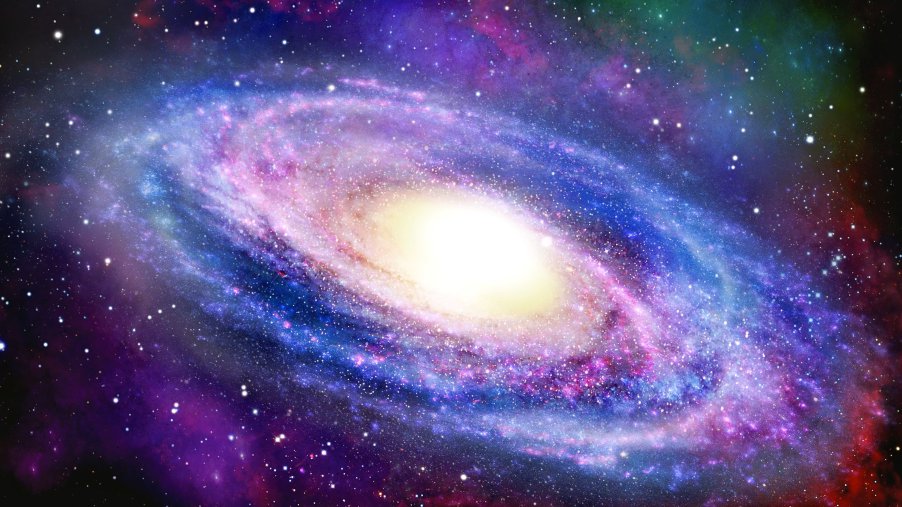 Ordinary, observable matter (like stars and planets) makes up a measly 5% of the universe. The other 95% universe is made up of invisible dark energy (68%) and dark matter (27%). That means there’s 95% of the universe that we don’t know about yet.
Ordinary, observable matter (like stars and planets) makes up a measly 5% of the universe. The other 95% universe is made up of invisible dark energy (68%) and dark matter (27%). That means there’s 95% of the universe that we don’t know about yet. -
12.
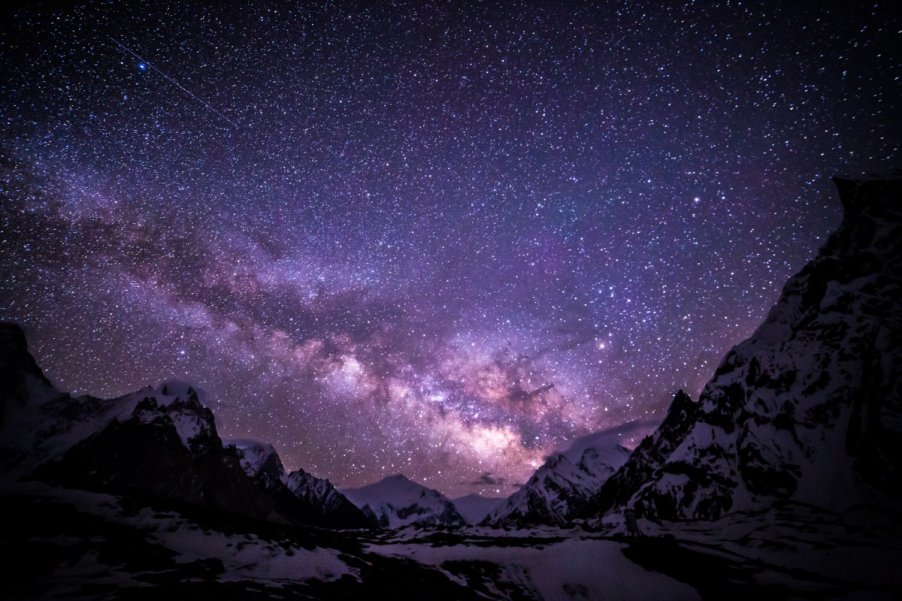 It takes 24 hours for Earth to rotate on its axis to make a day, and 365 days to orbit around the sun for a year. It takes around 230 million years for our solar system to complete a single orbit around the Milky Way. The last time it was in its current position, the earliest dinosaurs had just appeared, and flowering plants wouldn’t evolve for another 100 million years.
It takes 24 hours for Earth to rotate on its axis to make a day, and 365 days to orbit around the sun for a year. It takes around 230 million years for our solar system to complete a single orbit around the Milky Way. The last time it was in its current position, the earliest dinosaurs had just appeared, and flowering plants wouldn’t evolve for another 100 million years. -
13.
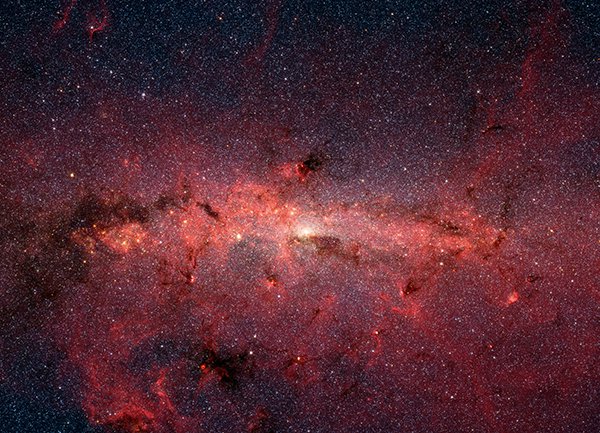 Our solar system may smell like hot metal and seared steak, but what about the middle of the Milky Way? According to recent research from the Max Plank Institute, it smells like raspberries and tastes like rum. They found that ethyl formate, a key chemical component for both raspberries and rum, can be readily found at the center of our galaxy.
Our solar system may smell like hot metal and seared steak, but what about the middle of the Milky Way? According to recent research from the Max Plank Institute, it smells like raspberries and tastes like rum. They found that ethyl formate, a key chemical component for both raspberries and rum, can be readily found at the center of our galaxy. -
14.
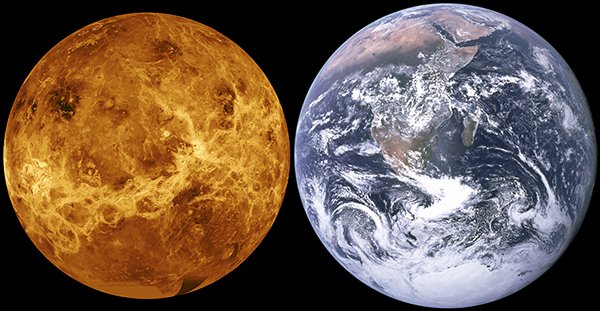 One year on Venus is equal to 224 Earth days. And one day on Venus is equal to 243 Earth days. Which makes a day on Venus longer than a year. And to top it off, Venus is the only planet in our solar system that rotates backwards.
One year on Venus is equal to 224 Earth days. And one day on Venus is equal to 243 Earth days. Which makes a day on Venus longer than a year. And to top it off, Venus is the only planet in our solar system that rotates backwards. -
15.
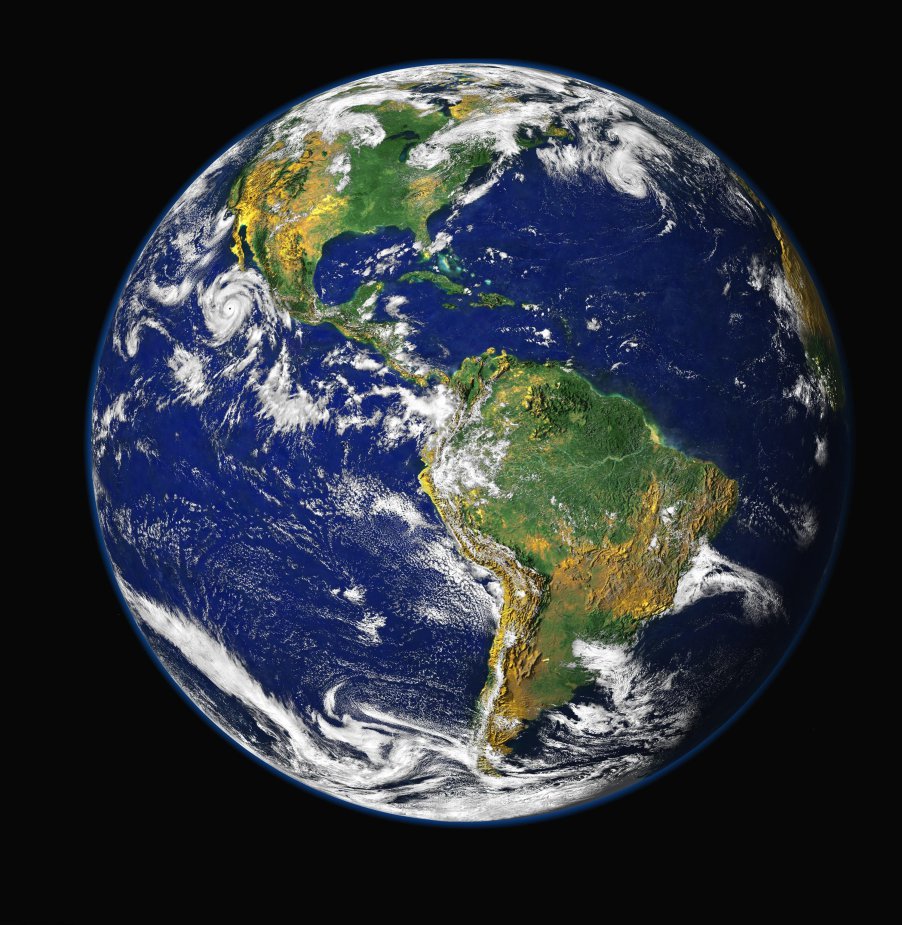 If you have ever wished there were more hours in the day, just be patient. Every century, Earth’s rotation slows down by about 1.4 milliseconds. When the dinosaurs were around, a day lasted about 23 hours. NASA reports that Earth’s rotation was exactly 24 hours in 1820, but is now off by 2.5 milliseconds.
If you have ever wished there were more hours in the day, just be patient. Every century, Earth’s rotation slows down by about 1.4 milliseconds. When the dinosaurs were around, a day lasted about 23 hours. NASA reports that Earth’s rotation was exactly 24 hours in 1820, but is now off by 2.5 milliseconds. -
16.
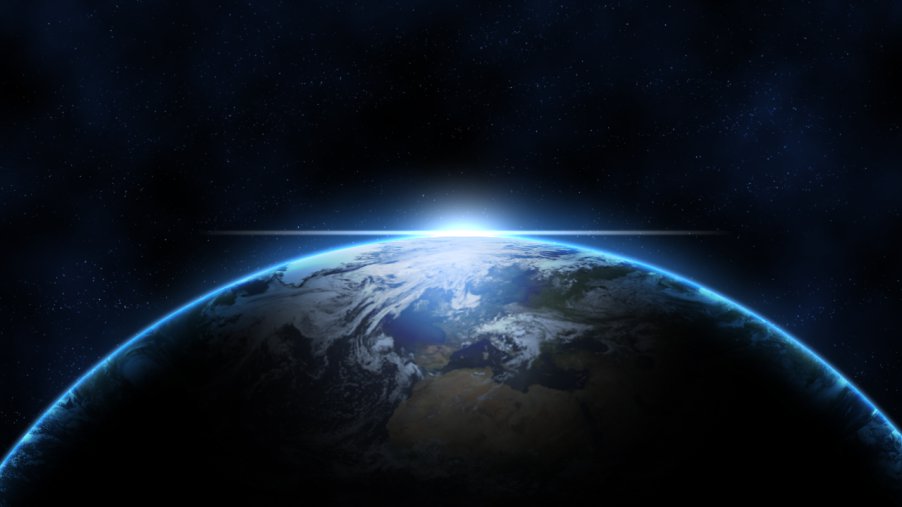 If you touch two pieces of the same type of metal together in the vacuum of space, they will fuse, bound together until eternity (or until you break them apart).
If you touch two pieces of the same type of metal together in the vacuum of space, they will fuse, bound together until eternity (or until you break them apart). -
17.
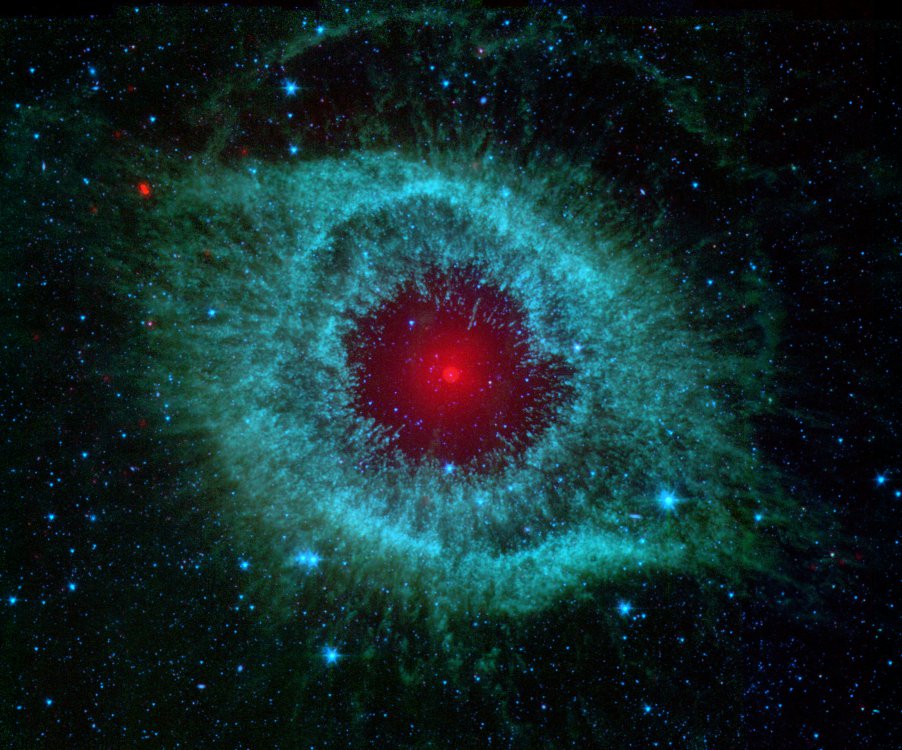 Though the birth and death of stars don’t happen instantaneously, the process happens fairly frequently. By using observed star formation and supernova events within the Milky Way, astronomers have estimated that 275 million stars are born and die throughout the observable universe each day. This totals more than 100 billion over the course of a year.
Though the birth and death of stars don’t happen instantaneously, the process happens fairly frequently. By using observed star formation and supernova events within the Milky Way, astronomers have estimated that 275 million stars are born and die throughout the observable universe each day. This totals more than 100 billion over the course of a year. -
18.
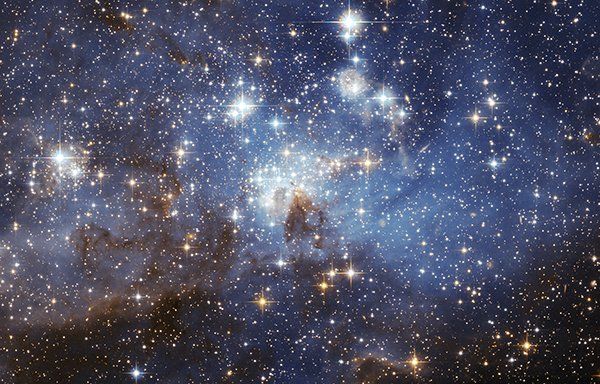 There might be as many as three sextillion stars in the universe. That’s 3 followed by 23 zeros, or 300,000,000,000,000,000,000,000. That’s more than all of the grains of sand on Earth.
There might be as many as three sextillion stars in the universe. That’s 3 followed by 23 zeros, or 300,000,000,000,000,000,000,000. That’s more than all of the grains of sand on Earth. -
19.
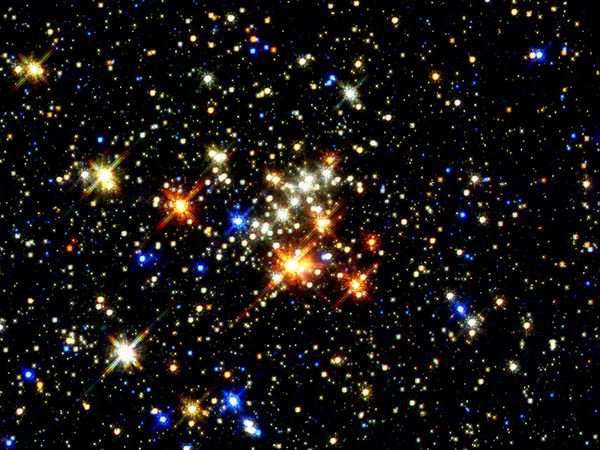 Light from some stars takes so long to travel to our eyes that when you look at the star-speckled night sky you’re actually peering deep into the past. NASA’s Hubble Telescope can look as far back as 13 billion years ago.
Light from some stars takes so long to travel to our eyes that when you look at the star-speckled night sky you’re actually peering deep into the past. NASA’s Hubble Telescope can look as far back as 13 billion years ago. -
20.
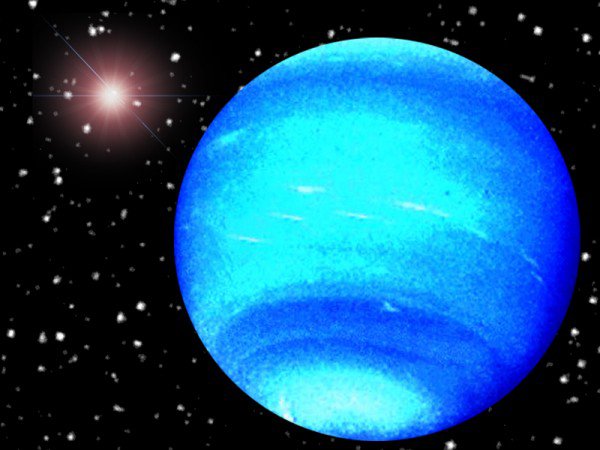 Gliese 436 b is a Neptune-sized exoplanet located about 33 light-years away in the constellation Leo. Astronomers believe that it embodies exotic states of water that causes its surface to be covered in burning ice. The pressure on the planet forces the ice to stay solid, but the extreme surface temperature of 570° F (300° C) superheats the water, causing it to come off as steam.
Gliese 436 b is a Neptune-sized exoplanet located about 33 light-years away in the constellation Leo. Astronomers believe that it embodies exotic states of water that causes its surface to be covered in burning ice. The pressure on the planet forces the ice to stay solid, but the extreme surface temperature of 570° F (300° C) superheats the water, causing it to come off as steam.
- REPLAY GALLERY
-

- mind-blowing facts about the universe
- NEXT GALLERY
-

- Amazing Life Hacks That You'll Actually Use
Many of the atoms you’re made of, from the calcium in your bones to the iron in your blood, were brewed up in the heart of an exploding star billions of years ago.
20/20
1/20
Categories:
Wow


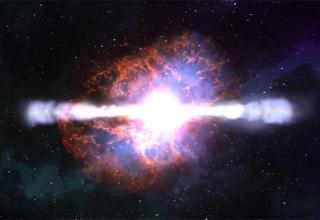




1 Comments